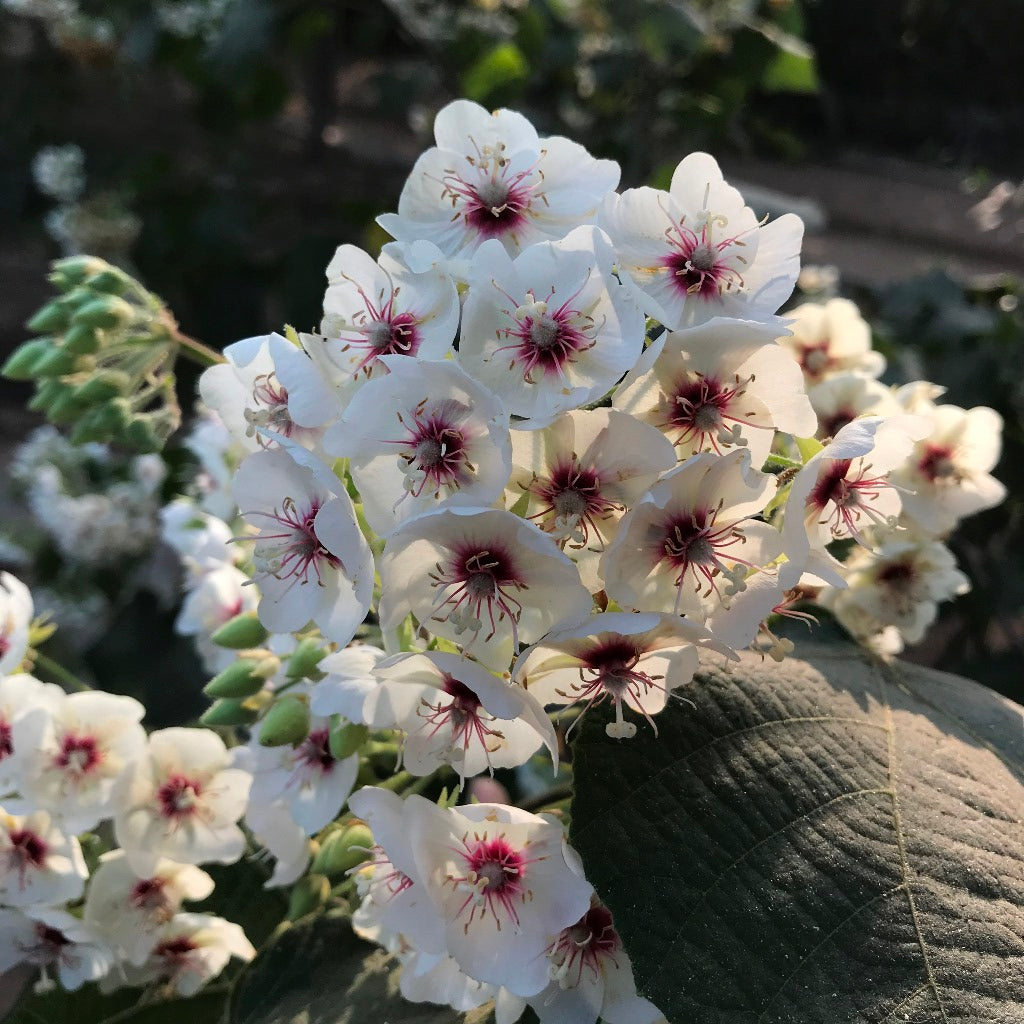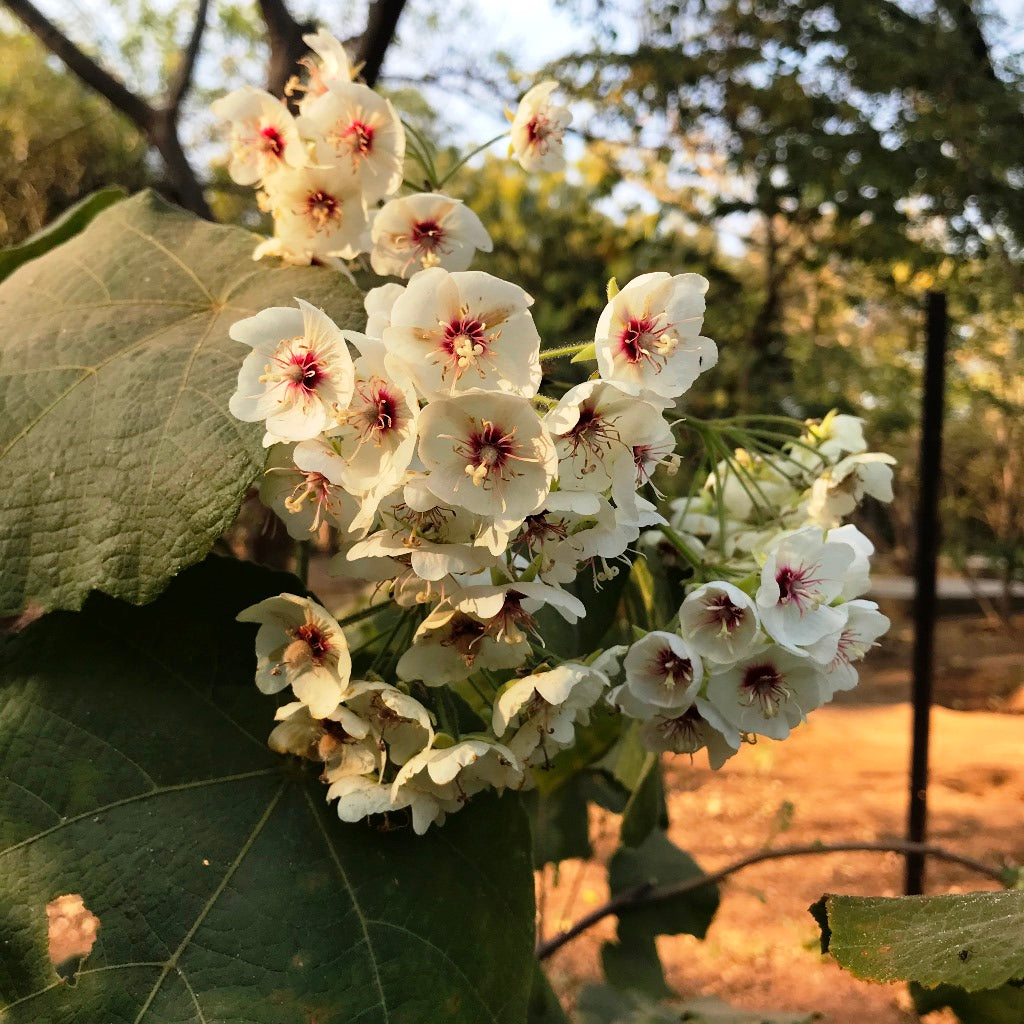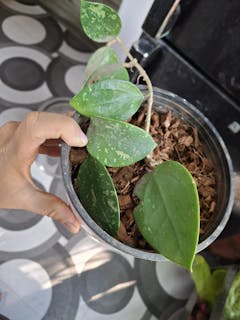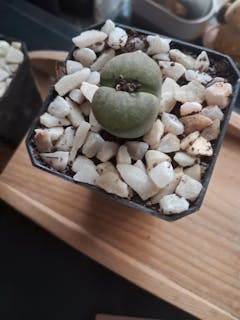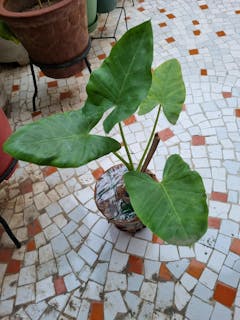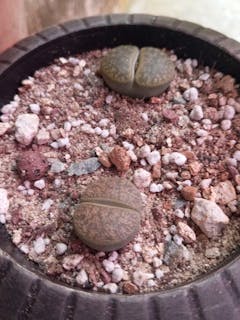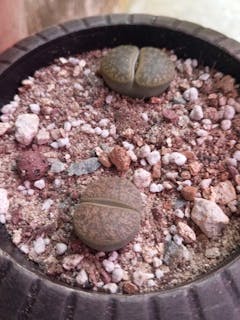Silver White Pear
Family
Malvaceae
Origin
Central China
Description
Dombeya pulchra is can be classified as a shrub or small tree of up to 5 m in height depending on the area it occurs in. It is multi-stemmed and the slender branches are smooth, wrinkled and often covered with glandular hairs. The large, velvety leaves are roundish to roughly triangular with the upper half sometimes lobed. It can be kept smaller with some trimming. Trimming should be done after the flowers are gone in the spring.
The upper surface of the leaves is green and covered with short, dense hairs, whereas the undersurface is covered in silvery or greyish white, velvety hairs. The velvety buds open into white flowers that often display a deep pink centre. They turn brown later. The flowers are fragrant & borne on hairy stalks in bunches in the axils of the upper leaves & last for over a month. The bloom period is between Oct to March.
Environment
Dombiya's grows best in partial shade with morning sunshine but also tolerates full sun. It needs a fertile, well-drained soil. Water freely when in growth and sparingly otherwise.
It is a strong grower and even though it is possible to grow it
in a container for many years, it will perform better in the ground.
Landscape Use
It is used primarily as a specimen plant for its large, showy, winter flowers and attractive foliage. The roots are not invasive, so it can be planted close to a building or in a patio.

